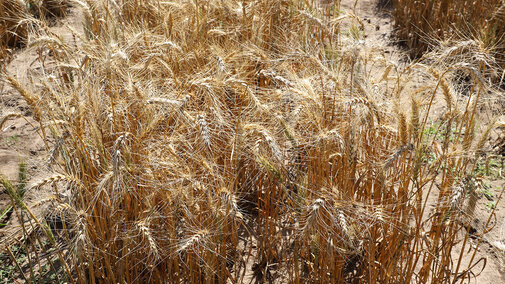For the week ending July 11, 2021, there were 5.6 days suitable for fieldwork, according to the USDA's National Agricultural Statistics Service. Topsoil moisture supplies rated 7% very short, 32% short, 57% adequate, and 4% surplus. Subsoil moisture supplies rated 8% very short, 38% short, 53% adequate and 1% surplus.
Field Crops Report:
Corn condition rated 1% very poor, 3% poor, 19% fair, 53% good and 24% excellent. Corn silking was 19%, near 17% last year, but behind 25% for the five-year average.
Soybean condition rated 1% very poor, 3% poor, 17% fair, 57% good and 22% excellent. Soybeans blooming was 59%, near 55% last year, and ahead of 44% average. Setting pods was 16%, near 12% last year and ahead of 4% average.
Winter wheat condition rated 4% very poor, 8% poor, 30% fair, 47% good and 11% excellent. Winter wheat harvested was 23%, well behind 45% last year, and behind 40% average.
Sorghum condition rated 0% very poor, 1% poor, 19% fair, 59% good and 21% excellent. Sorghum headed was 3%, behind 11% last year and 9% average.
Oats condition rated 5% very poor, 9% poor, 33% fair, 45% good and 8% excellent. Oats harvested was 13%, behind 30% last year and 25% average.
Dry edible bean condition rated 0% very poor, 0% poor, 18% fair, 70% good and 12% excellent. Dry edible beans blooming was 6%, behind 18% last year.
Pasture and Range Report:
Pasture and range conditions rated 4% very poor, 9% poor, 59% fair, 25% good and 3% excellent.

